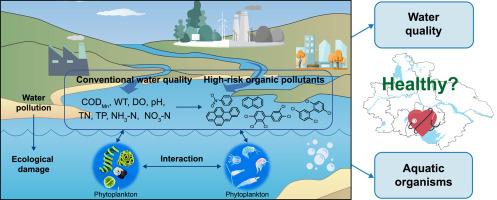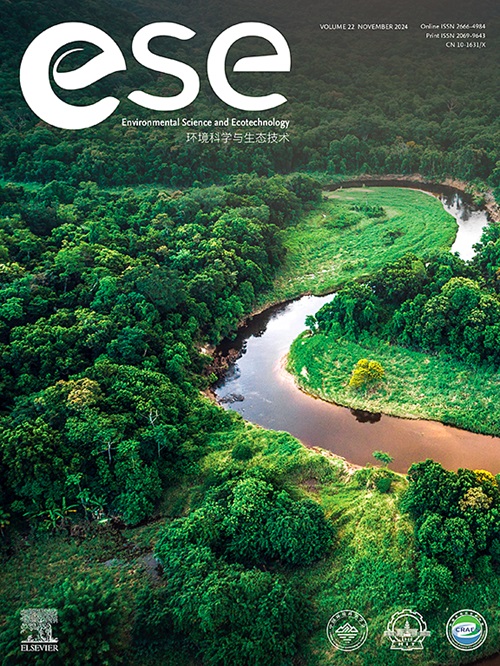Evaluating a river's ecological health: A multidimensional approach
Abstract
Evaluating the health of river surface water is essential, as rivers support significant biological resources and serve as vital drinking water sources. While the Water Quality Index (WQI) is commonly employed to evaluate surface water quality, it fails to consider biodiversity and does not fully capture the ecological health of rivers. Here we show a comprehensive assessment of the ecological health of surface water in the lower Yangtze River (LYR), integrating chemical and biological metrics. According to traditional WQI metrics, the LYR's surface water generally meets China's Class II standards. However, it also contains 43 high-risk emerging contaminants; nitrobenzenes are found at the highest concentrations, representing 25–90% of total detections, while polycyclic aromatic hydrocarbons present the most substantial environmental risks, accounting for 81–93% of the total risk quotient. Notably, the plankton-based index of biological integrity (P-IBI) rates the ecological health of the majority of LYR water samples (59.7%) as ‘fair’, with significantly better health observed in autumn compared to other seasons (p < 0.01). Our findings suggest that including emerging contaminants and P-IBI as additional metrics can enhance the traditional WQI analysis in evaluating surface water's ecological health. These results highlight the need for a multidimensional assessment approach and call for improvements to LYR's ecological health, focusing on emerging contaminants and biodiversity rather than solely on reducing conventional indicators.


 求助内容:
求助内容: 应助结果提醒方式:
应助结果提醒方式:


